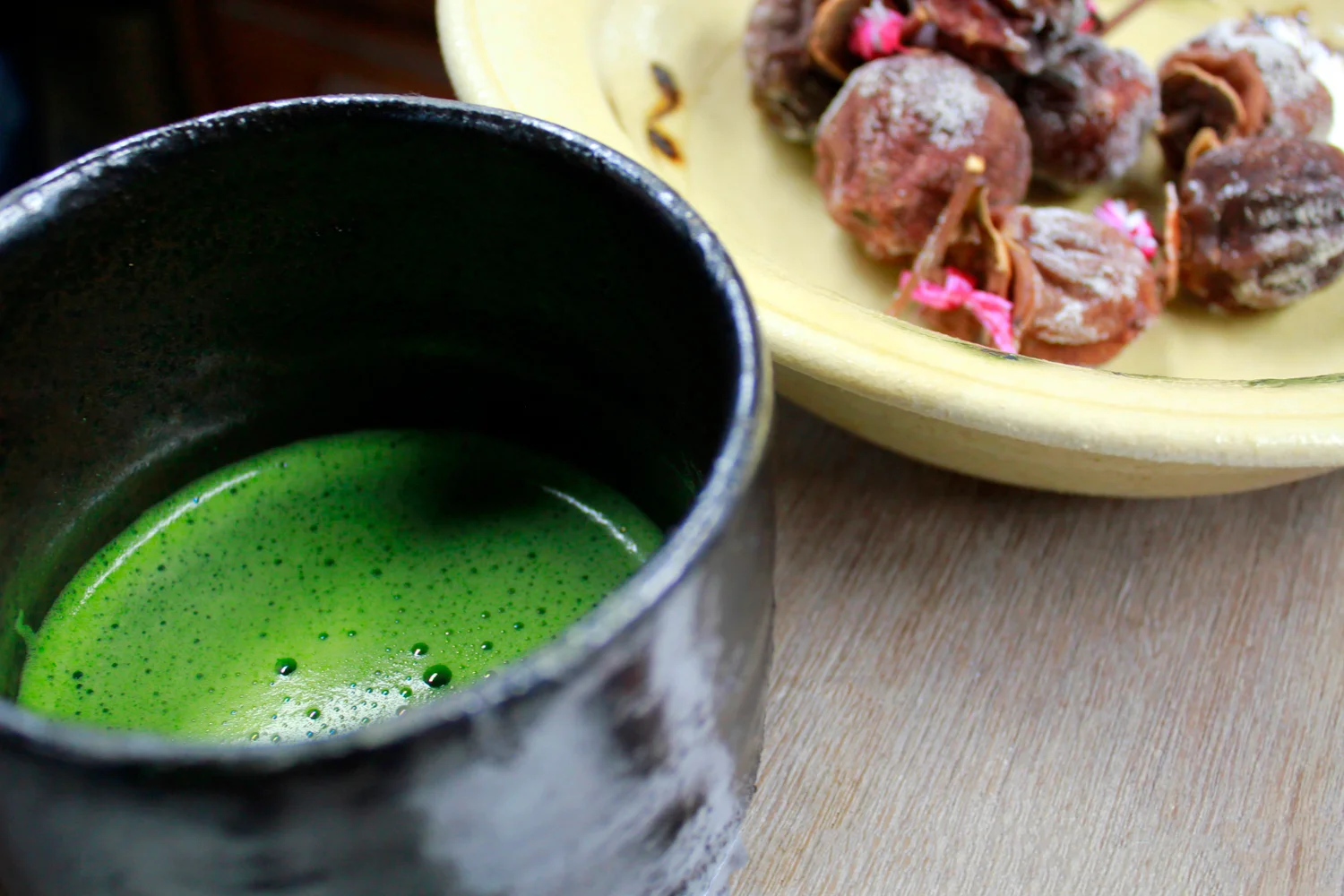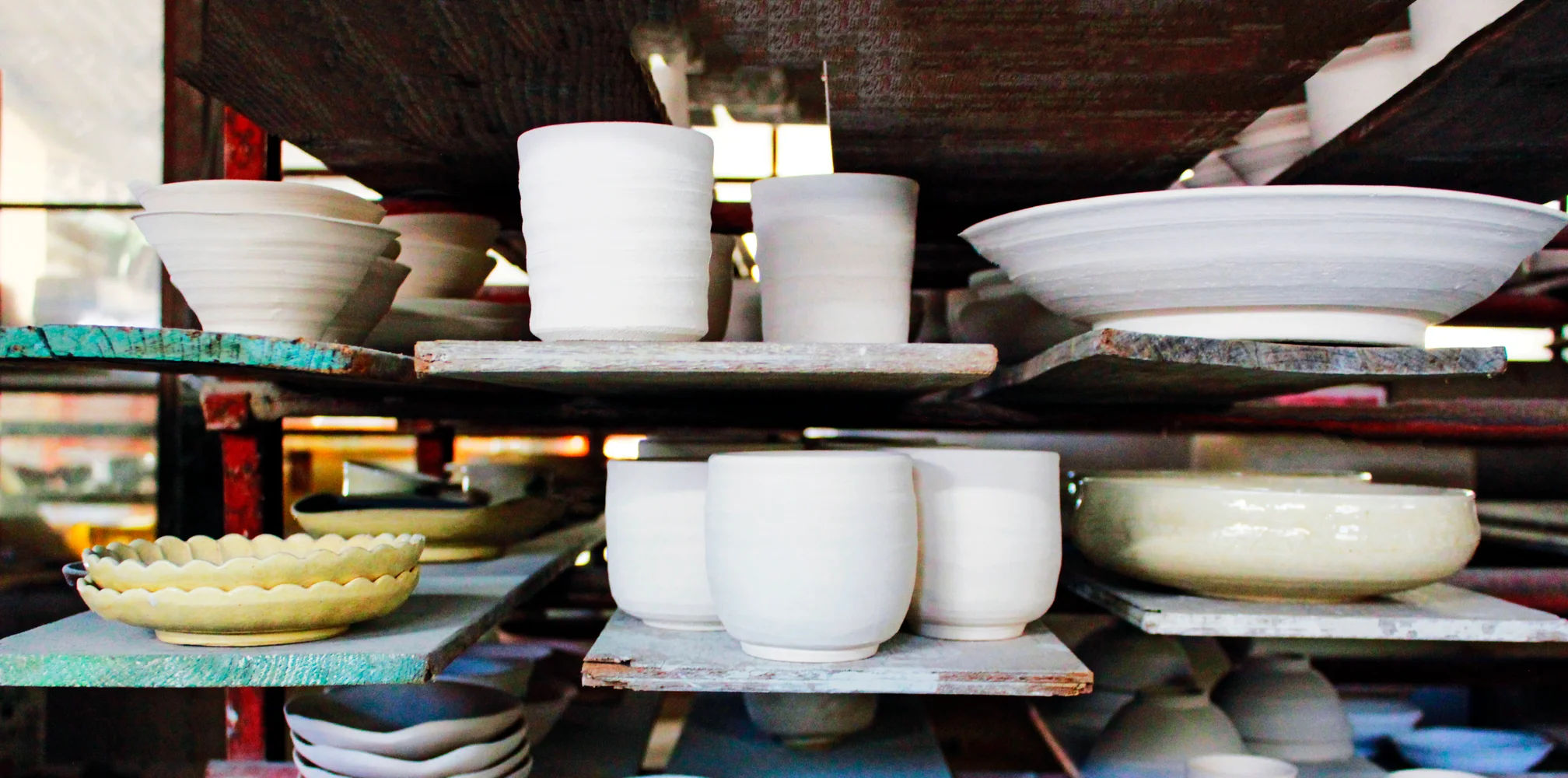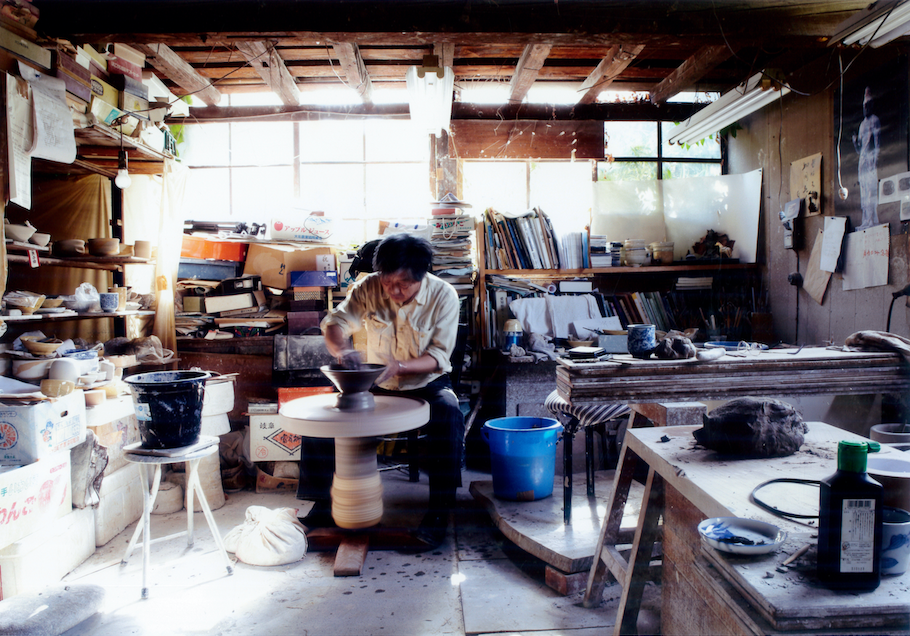Mino Ware Pottery Making in Tajimi City, Gifu Prefecture
Overview
Futao Aoyama, master of Kusano Kashira Gama in Tajimi City, is a true scholar of Mino ware and the art of ceramics. Learn how to throw pottery and gain first-hand insight into the vital role an of ceramics in the Japanese tea ceremony.
Highlights
- Visit Kusano Kashira Gama—a family-run pottery in Tajimi City, Gifu Prefecture
- Learn about the historical significance of Mino ware and its role in tea culture
- Use wheel throwing or hand throwing techniques to make pottery
- Relax with Japanese tea and homemade Japanese sweets
- Use very high-grade clay unavailable elsewhere
Key Information
Description
Kusano Kashira Gama in Tajimi City, Gifu Prefecture is a family-run pottery studio specializing in high-quality, artistic Mino ware items. One of Japan's major ceramic crafts, Mino ware has a long history with roots in Japan's Muromachi (1336 – 1573) and Sengoku (1467 – 1603) periods. Futao Aoyama, the master of Kusano Kashira Gama, is both an experienced ceramic craftsman and a true scholar of the art. Aoyama has devoted his life to studying the features of Muromachi-era ceramics and their role in the development of the Japanese tea ceremony. Tajimi City has recognized Aoyama as a Holder of An Intangible Cultural Asset, specifically Shiro Tenmoku (White Tenmoku) tea bowls. Aoyama has spent decades researching methods for reproducing Shiro Tenmoku, which, together with Seto Guro, is one of the only types of ceramics known to have originated in Japan. In this enlightening, hands-on pottery experience, you will enter the world of a true ceramic arts scholar and enjoy Japanese tea on a new level after learning about Mino ware. This experience represents a rare opportunity to gain valuable insight into the Japanese culture notion of wabi-sabi, closely linked to the Japanese tea ceremony and Japan's Muromachi period. Choose between two options on the day: 1. Make a hand-thrown 'matcha chawan' (tea bowl) and a wheel-thrown piece; or 2. Paint a matcha chawan and make a wheel-thrown piece. You may use as much clay as you need for your work. However, your finished work must weigh two kilograms or less. The pottery studio will fire your items and ship them to you within a month or two of your experience.



